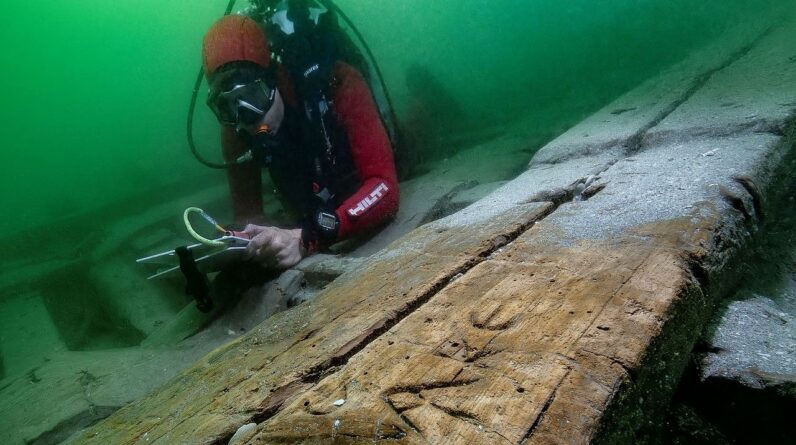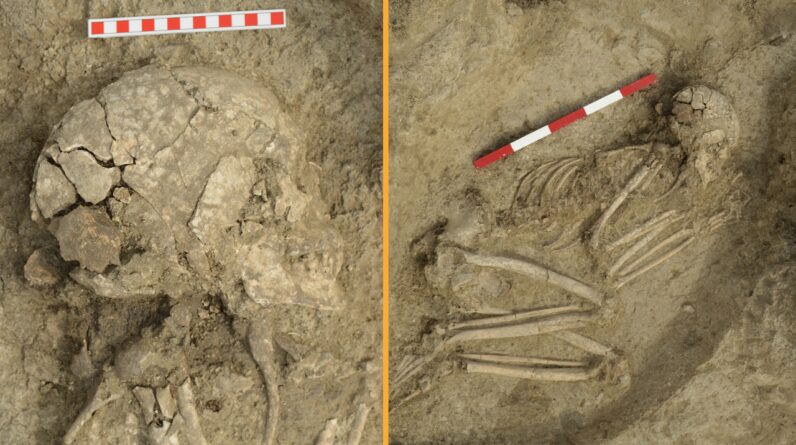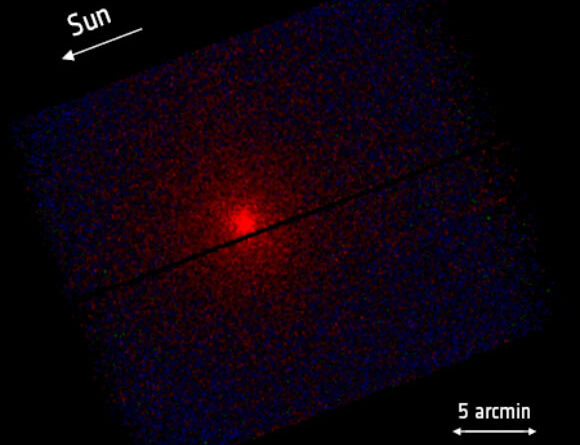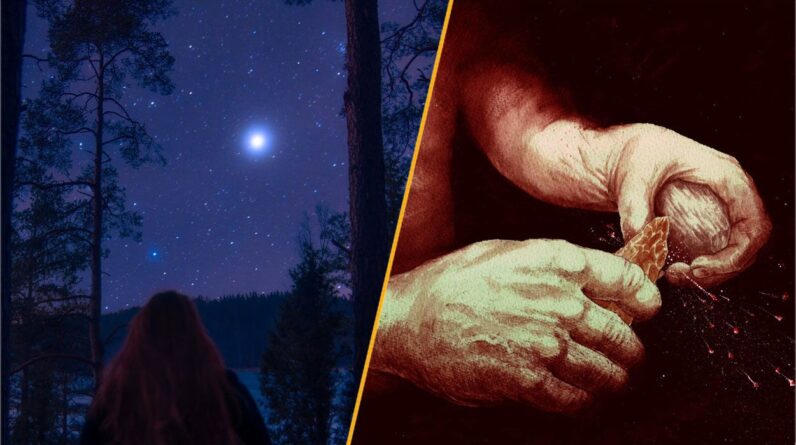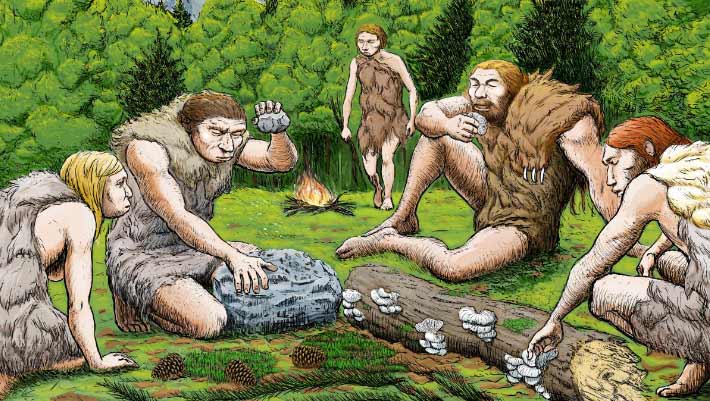
An archaeological sequence of the Abric Pizarro site in the southeast Pre-Pyrenees is centered on MIS 4 (around 71,000 years ago), a poorly known period in Neanderthal history.
Iberian Neanderthals taste wild mushrooms, pine nuts and forest moss. Image credit: Abel Grau, CSIC Communication.
At the Abric Pizarro site, a team of archaeologists led by the Australian National University gathered hundreds of thousands of artifacts, including stone tools, animal bones and other evidence, providing significant data about the Neanderthal way of life.
The findings reveal Neanderthals were able to adapt to their environment, challenging the archaic humans’ reputation as slow-footed cavemen and shedding light on their survival and hunting skills.
“Our findings show that Neanderthals knew the best ways to exploit the area and territory and were resilient through harsh climate conditions,” said Australian National University archaeologist Sofia Samper Carro.
“Our surprising findings at Abric Pizarro show how adaptable Neanderthals were. The animal bones we have recovered indicate that they were successfully exploiting the surrounding fauna, hunting red deer, horses and bison, but also eating freshwater turtles and rabbits, which imply a degree of planning rarely considered for Neanderthals.”
“These new insights challenge widespread beliefs that Neanderthals only hunted large animals, such as horses and rhinoceros.”
“Through the bones that we are finding, which display cut marks, we have direct proof that Neanderthals were capable of hunting small animals.”
“The bones on this site are very well preserved, and we can see marks of how Neanderthals processed and butchered these animals.”
“Our analysis of the stone artifacts also demonstrates variability in the type of tools produced, indicating Neanderthals’ capability to exploit the available resources in the area.”
Shedding light on this crucial transitional period helps archaeologists edge closer to solving a mystery that has plagued researchers for decades: what drove the Neanderthals to extinction?
“Finding sites like Abric Pizarro, from this specific and not well-recorded period, gives information about how Neanderthals lived when modern humans were not in the area yet and shows that they were thriving,” Dr. Samper Carro said.
“The unique site at Abric Pizarro gives a glimpse of Neanderthal behavior in a landscape they had been roaming for hundreds of thousands of years.”
“Neanderthals disappeared around 40,000 years ago. Suddenly, we modern humans appear in this region of the Pyrenees, and the Neanderthals disappear. But before that, Neanderthals had been living in Europe for almost 300,000 years.”
“They clearly knew what they were doing. They knew the area and how to survive for a long time.”
“This is one of the most interesting things about this site, to have this unique information about when Neanderthals were alone and living in harsh conditions and how they thrived before modern humans appeared.”
Thanks to modern excavation techniques, Abric Pizarro and other nearby sites provide fine-grain data to understand Neanderthal behavior.
“We 3D plot every single remain found larger than 1-2 cm,” Dr. Samper Carro said.
“This makes our work slow, and we have been excavating some of these sites for over 20 years, but it turns into a uniquely precise recording of the sites.”
“We are interested in how the different data relates to each other, from stone tools to bones and hearths”
“This more thorough excavation gives archaeologists information on how Neanderthals lived and how long they were in an area.”
“It’s not only the individual materials that give us clues, but also where exactly they are found in relation to other materials on the site that helps us understand how and when Neanderthals were visiting these sites. Were they settled there or just passing through?”
The results appear in the Journal of Archaeological Science.
_____
Sofia C. Samper Carro et al. 2024. Living on the edge: Abric Pizarro, a MIS 4 Neanderthal site in the lowermost foothills of the southeastern Pre-Pyrenees (Lleida, Iberian Peninsula). Journal of Archaeological Science 169: 106038; doi: 10.1016/j.jas.2024.106038
As an Amazon Associate I earn from qualifying purchases.


